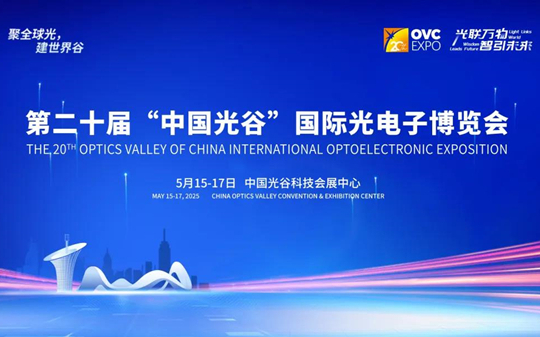HUST research teams achieve new breakthrough in lithium batteries
On July 16, research teams led by professors Huang Yunhui and Yuan Lixia from the School of Materials Science and Engineering at Huazhong University of Science and Technology (HUST) published a paper titled "Liquid-liquid interfacial tension stabilized Li metal batteries" in Nature, introducing a new strategy for achieving high stability and safety in lithium batteries with high energy density.
Lithium metal batteries are considered the most promising yet challenging next-generation battery system. The highly reactive lithium metal negative electrode suffers from unstable interfaces with high-voltage positive electrodes, leading to severe side reactions that not only shorten battery lifespan but also pose safety risks.

The research teams led by professors Huang Yunhui and Yuan Lixia. [Photo/Huazhong University of Science and Technology]
The optimization of the electrolyte, a crucial component linking the battery's positive and negative electrodes, is essential for achieving high stability and safety in lithium batteries with high energy density.
To overcome this bottleneck, the teams led by Huang and Yuan proposed a novel interface modulation strategy based on liquid-liquid interfacial tension (γL-L) and developed a new type of heterogeneous microemulsion electrolyte. This not only broke through the limitations of traditional electrolyte composition design but also achieved dynamic and coordinated stability at the positive and negative electrode interfaces under high voltage conditions through a physical field-driven mechanism, offering a new way to achieve high energy density, stability, and safety in batteries.
HUST served as the primary institution for the paper, with Zhejiang University, Shanghai Institute of Space Power-Sources, Zhengzhou University, Wuhan University, and Tsinghua University as joint completion units. Professors Huang, Yuan, and Lu Jun from Zhejiang University are the corresponding authors.




